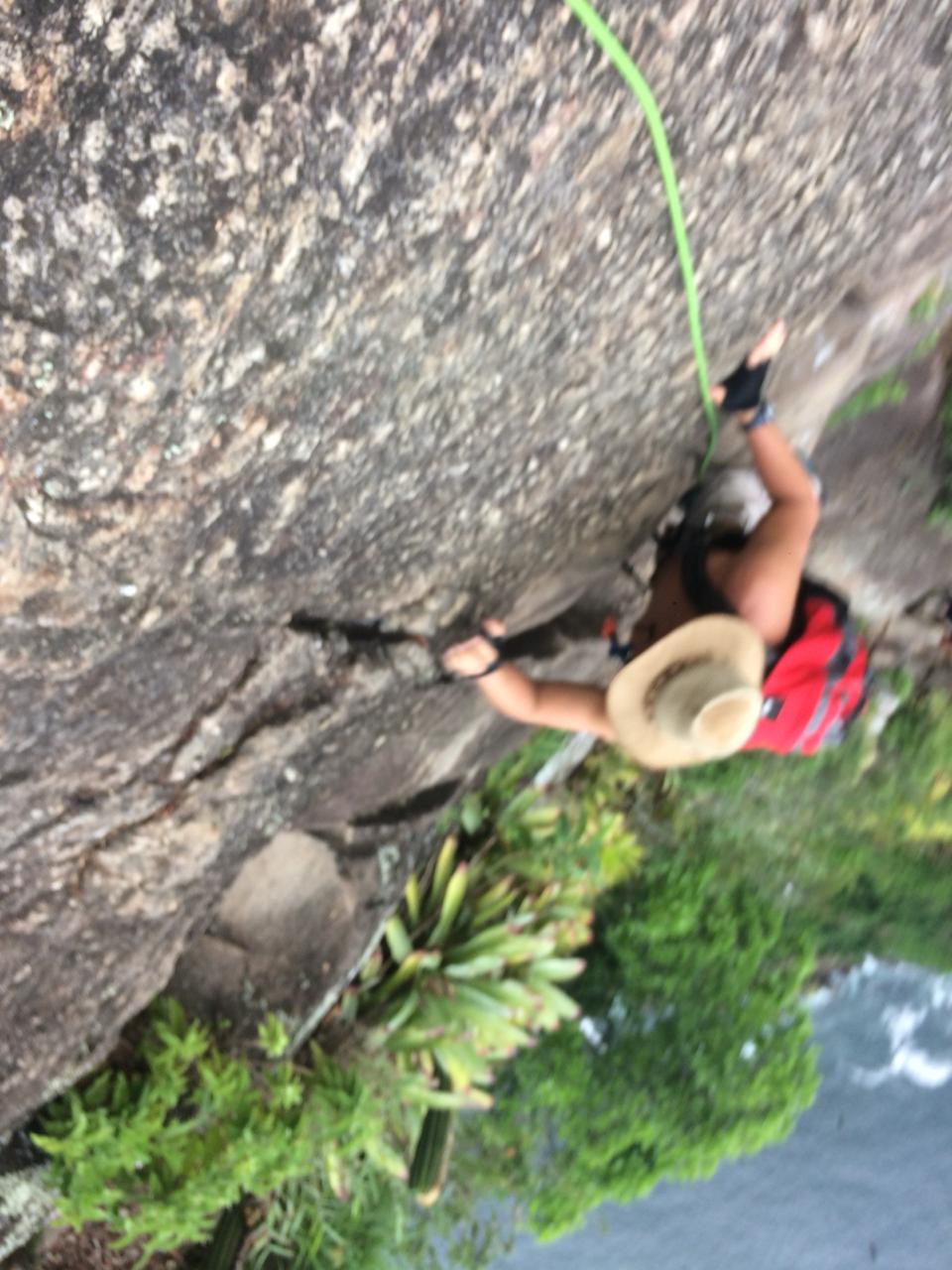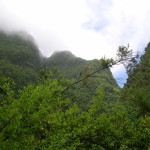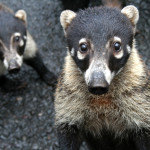I recently celebrated my birthday by climbing sugar-loaf mountain with a group of friends, following the famous Costao de Azuca route. This allows for a mixture of steep hiking, scrambling and all-out climbing to reach the summit in about two-three hours.
As we tackled this adventure together, I was impressed by the changes in vegetation that we came across as we climbed closer to the summit. Interestingly, there were pockets of forest that we passed through.
Is this forest, isolated and quite difficult to access, primary or secondary rain forest?
Primary forest refers to forest which has never been felled by humans. This means the original biodiversity is much more likely to be intact.
Secondary forest refers to forest which has been felled and replanted by humans. Much of the forest in the Tijuca forest reserve lies in this category.
How would you tell the difference? Well tree height can give you a clue. Trees can live for hundreds of years if left undisturbed. As plants continue to grow during their lifetimes, this can lead to very large trees. The kind of trees that we observed seemed to have a maximum height of around 8 metres, and a DBH (diameter at breast height of less than 80 cm. These are estimates. These measurements don’t seem to be very large, but also one has to consider the limited soil – nutrient availability and the increased exposure to dehydration on a site like sugarloaf mountain.
So what’s the answer? I am reaching out to my ecologist friends for information. The guide seemed to think it was also secondary forest.
HOW do ecologists establish primary and secondary forests? Next time you are in a forest, take a look around you. Does it look like it was ever cut down and replaced?






